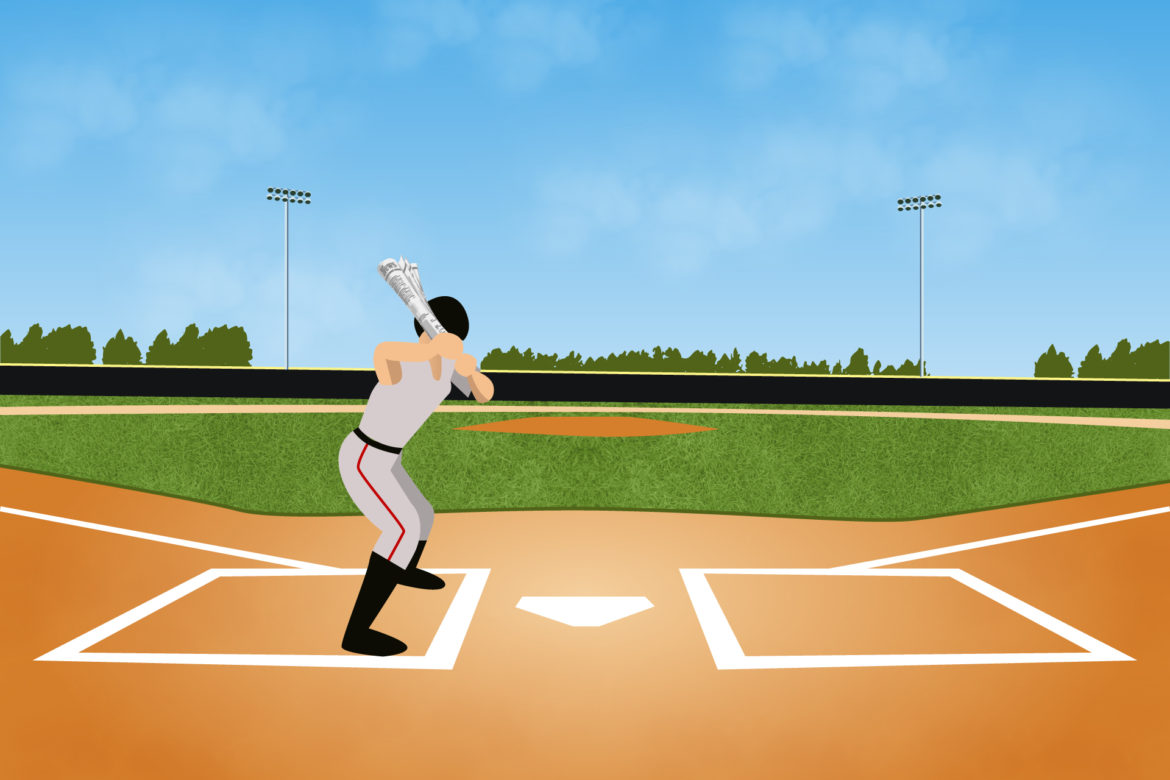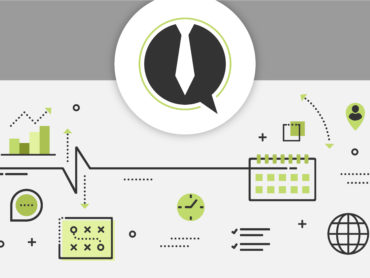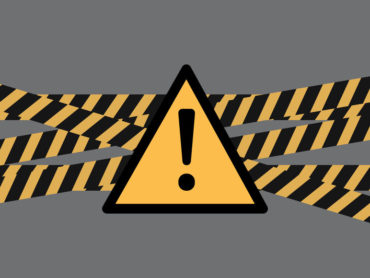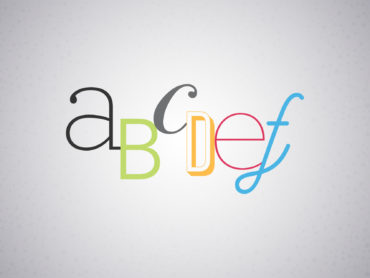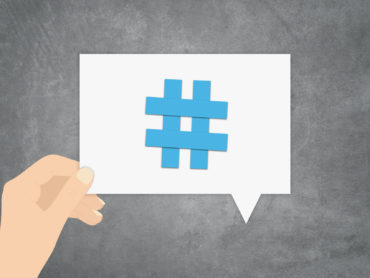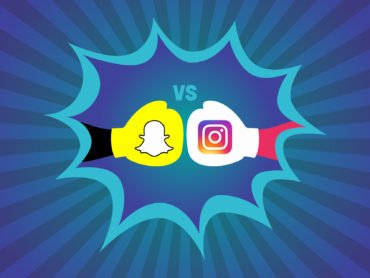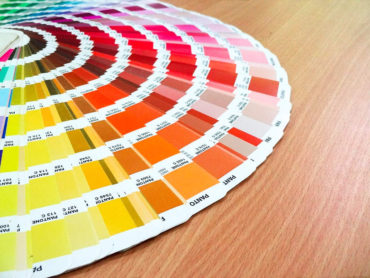Swing for the Fences
One thing I’ve been doing as of late is asking clients – both existing and new – what they would consider a home run placement. It’s something I suggest all media relations pros do as well. This isn’t something that should replace the idea of reaching far and wide and securing as much coverage as possible, but a complementary tactic to enhance an existing strategy.
Sure, your clients may respond with “front page of the New York Times” or an “exclusive with the Today Show”. While some of those huge hits may actually be worth pursuing, let’s be honest — those lofty goals are often very difficult to achieve. Rather than shrugging those types of responses off, I’ve found them to be opportunities to begin a dialogue with a client and work together toward identifying a home run opportunity that is both attainable and meaningful to the client’s business. Those discussions are a great opportunity to truly demonstrate your team’s understanding of your client’s business and media-sphere. To start, it’s imperative to think about the end goal and who you’re looking to influence and reach. This is the part that I find refreshing.
Most of the time, for consumer facing brands, it’s the customer that will be purchasing your client’s product or services, so suggesting a home run with a mainstream outlet would of course be a fine approach. However, there’s always opportunity to dive deeper. Yes, the usual suspects are important and are typically dubbed “usual suspects” because their beat coincides with whatever it is you’re pitching. You almost expect them to cover your news as that’s what they’re tasked with doing. By keeping a “home run” target in mind, however, there’s less of a chance to become complacent, and as we all know, complacency kills.
So, who are you looking to reach or influence? If it’s a product or service that really resonates with a specific type of consumer engaged in a specific type of lifestyle, maybe a home run could be a story placed within a key vertical media outlet, or a powerful YouTube reviewer that they typically look to for insight. For a regional brand, it could be a smaller daily newspaper or regional broadcast affiliate.
There could also be an underlying target audience too. While it’s natural to think of customers as those purchasing products or services at retail, your client may have internal constituents, such as those in sales, who may benefit from coverage that key buyers or distributors read. While coverage in a trade magazine may not be viewed as sexy as coverage in a larger, more consumer facing outlet, it could be just as or more beneficial to the brand. Moreover, maybe there are investors and/or C-Suite constituents who would see value in being covered by specific outlets they read. Who knows, it could be exactly what’s needed to attract the attention of a buyer or lead to millions of dollars in business. Nothing’s better than that when it comes time to demonstrate ROI and renew a contract.
It also goes without saying, of course, that you take a step back and analyze what you have to offer media. Does it make sense? Do you have the proper assets? Is it really NEWSWORTHY? Should you consider an exclusive or will that jeopardize the volume of coverage and relationships? There’s a lot that goes into it, but knowing what a “home run” is and having that as a challenge will definitely force you to think more strategically about what it is you’re pitching and as I’m sure any media relations pro would agree, that’s absolutely a good thing!

